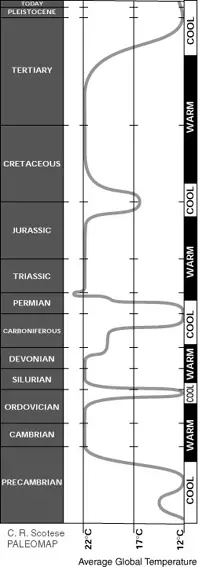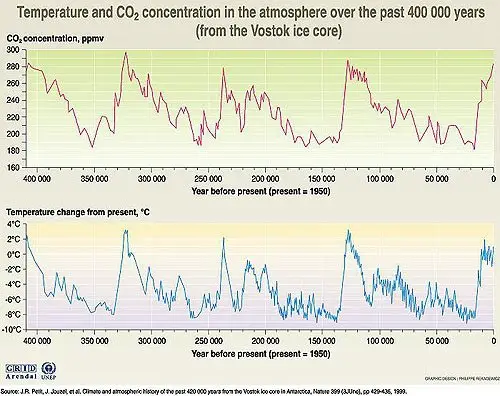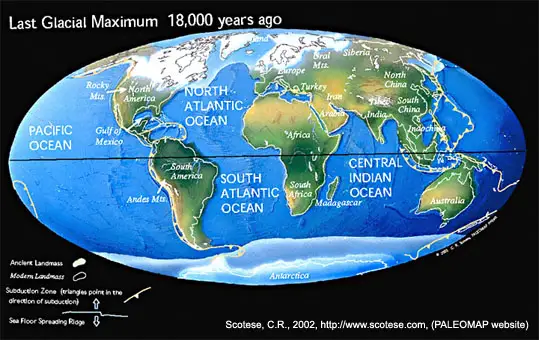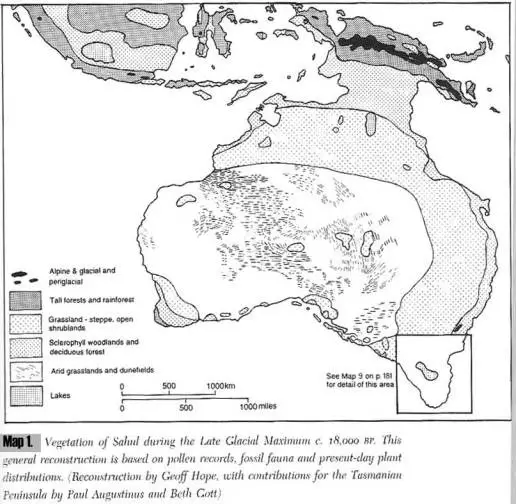 Ice ages and sea levels along with many climatic fluctuations have occurred during the earth’s 4.6 billion year history. These effect environmental changes, and a number of ice ages have come and gone. In archaeology, the Pleistocene (1.8million – 10,000 years ago) is often known as the Ice Ages, a period when glaciers expanded and retracted over much of North America, Europe and Asia. The coldest periods with widespread glaciations are called Glacial Maximums. The interludes of glacial retreat where landmasses become exposed again are referred to as Interglacials, and ice ages and sea levels are closely entwined.
Ice ages and sea levels along with many climatic fluctuations have occurred during the earth’s 4.6 billion year history. These effect environmental changes, and a number of ice ages have come and gone. In archaeology, the Pleistocene (1.8million – 10,000 years ago) is often known as the Ice Ages, a period when glaciers expanded and retracted over much of North America, Europe and Asia. The coldest periods with widespread glaciations are called Glacial Maximums. The interludes of glacial retreat where landmasses become exposed again are referred to as Interglacials, and ice ages and sea levels are closely entwined.
By looking at the graph on the right you can see that global temperature fluctuations have taken place since Earth’s beginnings. With all the changes the Earth has experienced over its history, you might think one more change is not such a big deal. That is true over a long span of time, yes. However, the future of humanity really depends on what happens in the short term, in the next thousand years. In fact, and in terms of actions humans take, it is likely to be decided within the next few decades. If we didn’t mess around with the climate, our Earth’s climate might remain stable for another thousand years or more. As it is, we’re inducing more sudden changes.
Currently, about 10% of the earth’s landmass is covered by ice, however at the height of the last ice age or Last Glacial Maximum (LGM) 15,000 to 20,000 years ago, almost 30% or 44 million square kilometres of the Earth’s surface was covered in ice sheets. Much of the information necessary to reconstruct Pleistocene climates and temperatures is gained through measuring carbon dioxide (CO2) levels from ice cores at the polar caps, through pollen analysis and deep-sea cores.
It is known that changes in earth’s temperature are highly correlated with concentrations of atmospheric C02, with higher C02 levels being commensurate with warmer temperatures, as are ice ages and sea levels.

Ice Ages and Sea Levels
Ice ages and sea levels are closely linked, as water contained in glaciers is primarily derived from the sea, locking up vast quantities of water on landmasses and lowering sea levels. During the coldest phase of the LGM there was a large change in the global hydrologic cycle and sea levels were around 120 metres (394 feet) lower than today.

As a result of lower sea levels, large portions of Australia’s continental shelf were exposed increasing the overall size of a continent. Australia is a low, flat continent with seas between New Guinea in the north and Tasmania to the south averaging a depth of only 15-60 metres (50-196 feet).
During the height of the LGM the current sea barriers were dry land, connecting New Guinea and Tasmania with Australia forming a Greater Australia, referred to by archaeologists as Sahul. Similarly, northwest of Australia lies Indonesia, and during the LGM these scattered islands formed a single great landmass called Sundaland. However, Sahul and Sundaland even at the height of the LGM were separated by at least 80 kilometres (50 miles).

Sea levels during several previous interglacials were about 3 to as much as 20 meters higher than current sea level. The evidence comes from two different but complementary types of studies.
One line of evidence is provided by old shoreline features. Wave-cut terraces and beach deposits from regions as separate as the Caribbean and the North Slope of Alaska suggest higher sea levels during past interglacial times.
A second line of evidence comes from sediments cored from below the existing Greenland and West Antarctic ice sheets. The fossils and chemical signals in the sediment cores indicate that both major ice sheets were greatly reduced from their current size or even completely melted one or more times in the recent geologic past.
The precise timing and details of past sea-level history are still being debated, but there is clear evidence for past sea levels significantly higher than current sea level. There is no doubt about the connenction between ice ages and sea levels.
Potential Sea-Level Changes
If Earth’s climate continues to warm, then the volume of present-day ice sheets will decrease. Melting of the current Greenland ice sheet would result in a sea-level rise of about 7 metres (23 feet); melting of the West Antarctic ice sheetwould result in a sea-level rise of anything up to 8 metres (26 feet). The West Antarctic ice sheet is especially vulnerable, because much of it is grounded below sea level. Small changes in global sea level or a rise in ocean temperatures could cause a breakup of the two buttressing ice shelves (Ronne/Filchner and Ross). The resulting surge of the West Antarctic ice sheet would lead to a rapid rise in global sea level. The potential sea-level rise after melting of the entire Antarctic ice sheet is estimated to be around 57 metres (187 feet). There is no doubt of the connection between ice ages and sea levels, and the present trend is one of warming which means higher sea levels.
